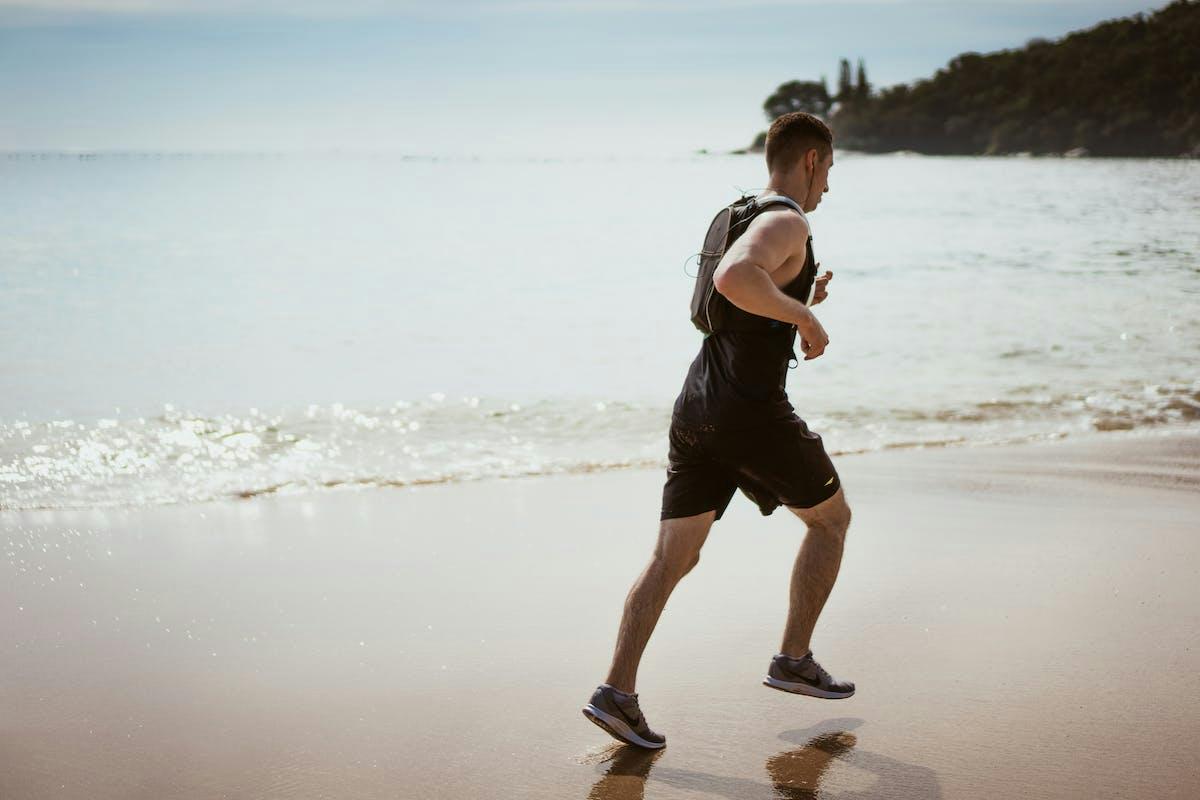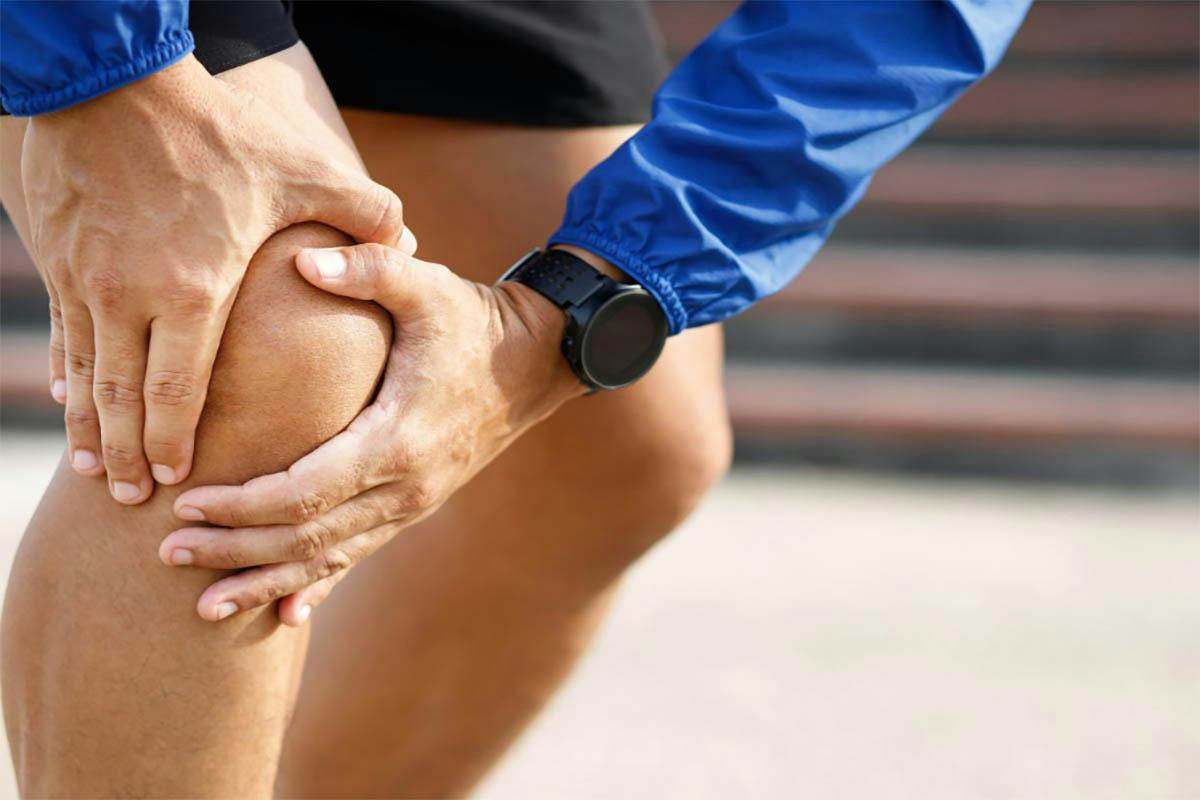Introduction:
As runners lace up their shoes and hit the pavement, the risk of encountering shin splints and tibial bone stress injuries can loom large, potentially hindering their training progress. Understanding these common ailments and implementing effective prevention and recovery strategies is crucial for dedicated athletes. Drawing from my experience as a specialized physical therapist in working with runners daily, I offer this comprehensive guide to delve into the nuances between shin splints and tibial bone stress injuries, providing insights into prevention methods and recovery tactics tailored for runners.
Understanding Shin Splints and Bone Stress Injuries:

Shin splints, also known as Medial Tibial Stress Syndrome (MTSS), result from repetitive stress on the soft tissues along the inner edge of the shinbone. On the other hand, tibial bone stress injuries encompass stress reactions and fractures caused by micro-trauma to the bone itself, leading to pain and potential structural damage. Despite their differences, these conditions often intersect along a continuum, with shin splints serving as potential precursors to more severe bone stress injuries.
Shin Splints:
Shin splints typically manifest as dull, aching pain along the inner border of the tibia (shinbone) during or after running activities. The discomfort is often exacerbated by physical activity and may subside with rest. Shin splints are commonly attributed to overuse, improper training techniques, or biomechanical issues. Contributing factors may include sudden increases in training volume or intensity, running on hard surfaces, inadequate footwear, or muscular imbalances.
Tibial Bone Stress Injuries:
Tibial bone stress injuries, including stress reactions and fractures, involve damage to the bone itself due to repetitive loading beyond its capacity for repair. Stress reactions occur when micro-damage accumulates faster than the bone can heal, leading to localized pain and inflammation. Without intervention, stress reactions may progress to stress fractures, which involve a partial or complete break in the bone. These injuries typically present as focal tenderness over the affected area, worsening with weight-bearing activities and often persisting at rest.
Prevention Strategies:
Preventing shin splints and tibial bone stress injuries requires a proactive and multifaceted approach:
-
Gradual Progression: Incrementally increasing mileage and intensity allows the body to adapt and reduces the risk of overuse injuries. Avoid sudden spikes in training volume or intensity, and incorporate rest days or low-impact activities into your routine to promote recovery.
-
Body Awareness: Pay attention to early warning signs such as localized pain, tenderness, or stiffness in the shins. Promptly address any discomfort by modifying your training regimen, reducing mileage or intensity as needed, and seeking professional guidance if symptoms persist.
-
Proper Footwear: Choose running shoes that feel great on your feet and thus provide adequate support, cushioning, and stability for your foot type and specific running mechanics. Consider rotating between multiple pairs of shoes to vary the stresses on your feet and lower legs.
-
Strength Training: Incorporate exercises targeting the muscles of the lower legs, including the calves, shins, and ankles, to improve strength, stability, and resilience. Focus on exercises that promote balanced muscle development and address any weaknesses or imbalances.
-
Gait Analysis: Seek a professional gait analysis to identify biomechanical issues or gait abnormalities that may contribute to shin splints or bone stress injuries. Addressing these factors through gait modifications, orthotics, or corrective exercises can help alleviate strain on the lower limbs and reduce the risk of injury.

Recovery and Treatment:
Swift action upon experiencing shin pain is crucial for initiating the recovery process:
-
Modify Training Loads: If you experience shin pain or suspect a shin splint or bone stress injury, reduce or temporarily halt high-impact activities such as running. Cross-train with low-impact activities such as swimming, cycling, or using an elliptical machine to maintain cardiovascular fitness while minimizing stress on the lower limbs.
-
Seek Professional Guidance: Consult with a qualified healthcare professional, such as a physical therapist or sports medicine specialist, for an accurate diagnosis and personalized treatment plan. Depending on the severity and nature of your injury, imaging studies such as X-rays, MRI, or bone scans may be recommended to assess the extent of damage and guide treatment decisions.
-
Rehabilitation Exercises: Once cleared by a healthcare provider, gradually reintroduce weight-bearing activities and rehabilitation exercises to promote healing, restore function, and prevent recurrence. Focus on exercises that target flexibility, strength, balance, and proprioception to address underlying biomechanical issues and improve overall lower limb function.
-
Pain Management: Use pain-relieving modalities as directed to alleviate pain, reduce inflammation, and promote tissue healing. Avoid activities that exacerbate pain or discomfort, and prioritize rest and recovery to allow the body to heal.
-
Gradual Return to Running: Progressively increase running volume and intensity based on your tolerance and response to training. Gradually build up mileage, pace, and terrain difficulty while monitoring for any signs of pain, discomfort, or recurrence. Listen to your body, and be patient and conservative in your approach to avoid reinjury or setbacks.
Advanced Recovery Techniques:
In cases of persistent or severe shin splints or tibial bone stress injuries, advanced recovery techniques may be warranted:
-
Manual Therapy: Consider seeking manual therapy techniques such as massage, dry-needling, joint mobilization, or instrument-assisted soft tissue mobilization (IASTM) to address soft tissue restrictions, improve circulation, and enhance tissue healing. A qualified manual therapist can assess your specific needs and tailor treatment techniques to optimize recovery.
-
Biomechanical Assessment: Undergo a comprehensive biomechanical assessment to identify underlying factors contributing to your injury, such as muscle weakness, joint stiffness, or poor movement patterns. Addressing these biomechanical imbalances through corrective exercises, movement retraining, or orthotic interventions can help restore optimal function and prevent future injuries.
-
Neuromuscular Retraining: Engage in neuromuscular retraining exercises to improve motor control, proprioception, and movement efficiency. Focus on exercises that promote proper alignment, balance, and coordination to reduce excessive stress and strain on the lower limbs during physical activity.
-
Psychological Support: Address any psychological factors or emotional barriers that may impact your recovery process, such as fear of reinjury, anxiety, or frustration. OFTEN, runners with injury and especially bone stress injury have beliefs/behaviors that will trump any physical treatment measures taken. Seek support from a mental health professional, sports psychologist, or support group to develop coping strategies, build resilience, and maintain a positive mindset throughout your rehabilitation journey.
Conclusion:
Shin splints and tibial bone stress injuries can pose significant challenges for runners, but with proactive prevention strategies, comprehensive treatment approaches, and diligent rehabilitation efforts, full recovery is achievable. By understanding the underlying causes, risk factors, and optimal management strategies for these common lower limb injuries, runners can minimize their risk of recurrence and return to running with confidence, resilience, and improved performance. As a specialized physical therapist in sports medicine, I am committed to supporting runners in their journey to optimal health and performance, providing evidence-based care, personalized guidance, and ongoing support to help them overcome obstacles, achieve their goals, and thrive in their running pursuits

